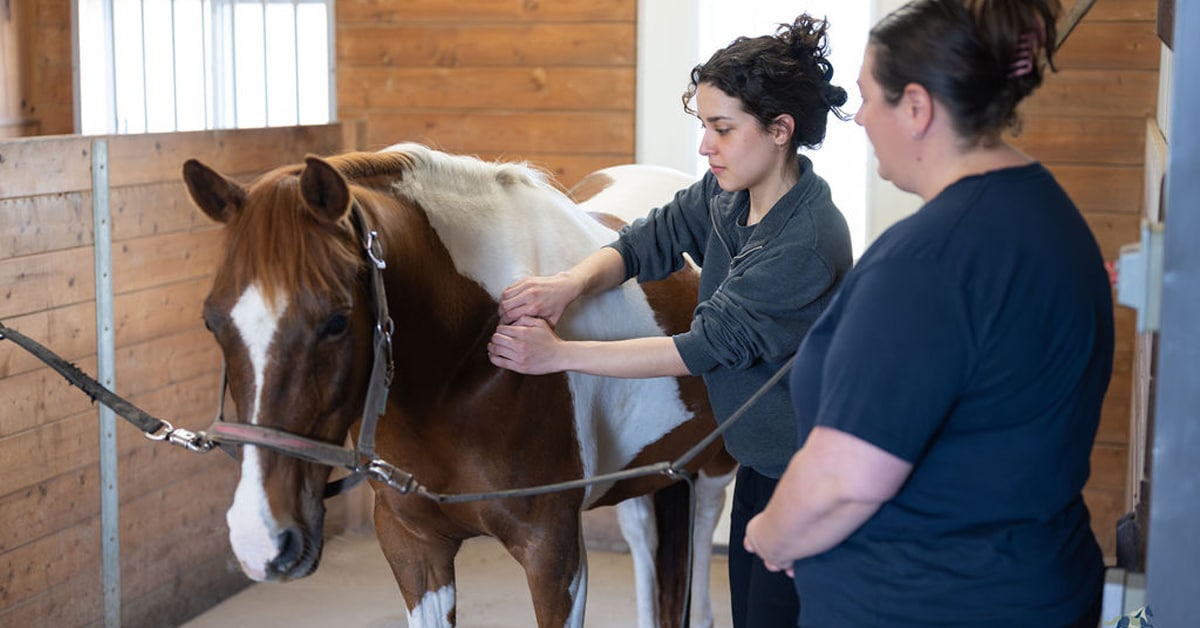In 2017, Equestrian Canada introduced and implemented a Concussion Protocol. The full rule can be found in General Regulations article 101.
I must confess that at the start of 2017 many officials and competition organizers were apprehensive and unsure how the new protocol would unfold. But in fact, for an initial implementation, I think the overall view is very positive.
Our new EC rules say in the event of a fall/accident where a concussion can be reasonably suspected the competitor must receive medical clearance by qualified medical personnel on site. If the qualified medical personnel suspects a concussion, or believes the competitor may be at risk of concussion due to the nature of the fall or impact, the competitor is suspended from competition until medically released.
It works like this: the steward, technical delegate or medical personnel complete the EC Accident/Injury Report Form and it must be submitted to EC within 24 hours of the incident. The competitor is immediately placed on the medical suspension list, and remains on the suspension list until he/she submits to EC the Return to Play form that has been completed by the medical professional (doctor) confirming that the competitor is fit to compete.
Some interesting statistics from 2017 confirm the importance of the EC Concussion Protocol:
Accident/Injury Forms Submitted – 231
Medically Suspended for Possible Concussions – 64 (28%)
Athletes Receiving Same-day Physician Clearance – 8 (3.5%)
Return to Play Forms Received – 52 (81% of suspended riders)
(There were also three USEF competitors involved (1%) where EC followed up with information to USEF offices.)
If just one of these athletes was prevented from further injury by the implementation of the Concussion Protocol, we have to consider its introduction a success. And although we refer throughout the discussion to concussion, we are really talking about head injury [and especially traumatic brain injury, of which concussion is a subset], certainly at the forefront of discussion in all sports at this time.
It may be of interest to know the committee developing the new protocol agreed to align the equestrian protocol with Parachute, a national charitable organization dedicated to preventing injuries and saving lives. In July 2017, Parachute introduced the first-ever Canadian Guideline on Concussion in Sport (available here). The guideline addresses seven key areas:
- Pre-season education
- Head injury recognition
- On-site medical assessment
- Medical assessment
- Concussion management
- Multidisciplinary concussion care
- Return to sport
This guideline is intended for use by all stakeholders who interact with athletes, including parents, coaches, officials, trainers, and healthcare professionals.
The Latest









